Chamomile Tea For Gardening: Tips On Using Chamomile Tea In The Garden
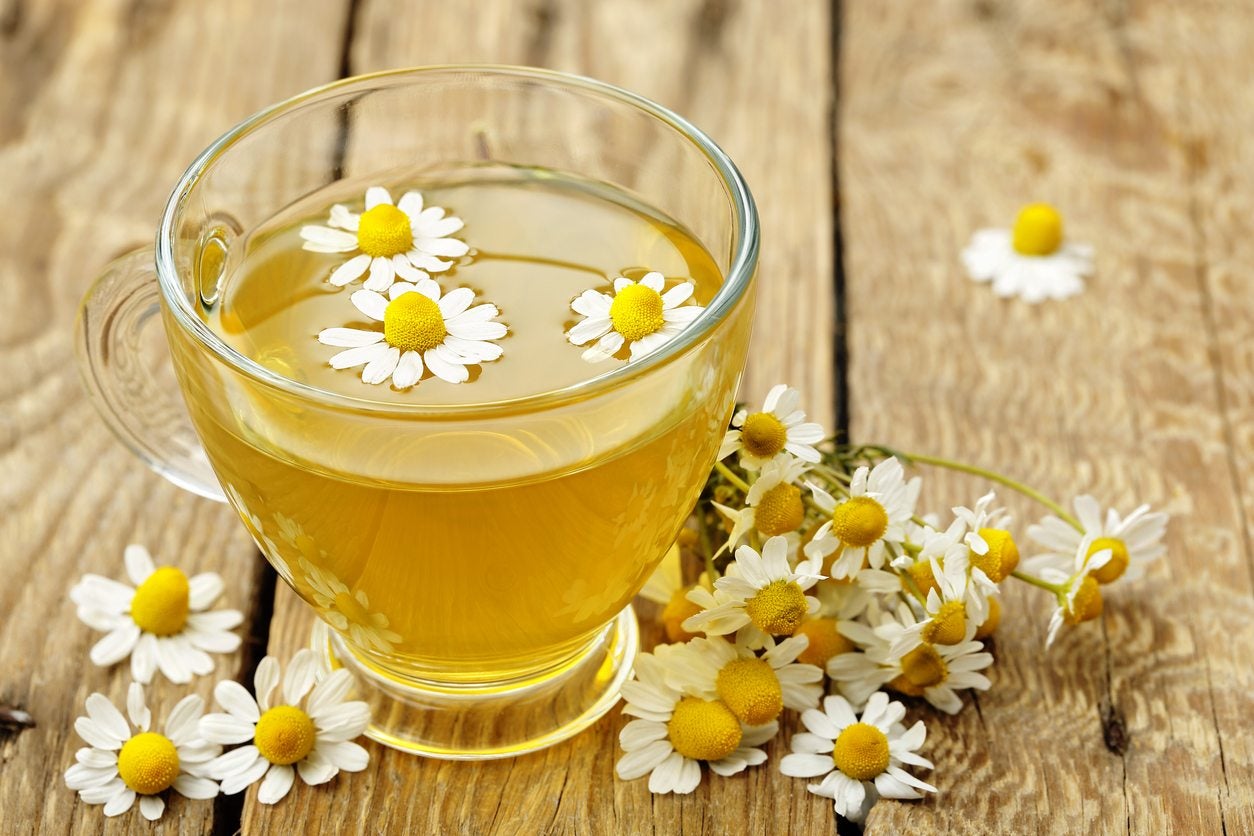

Chamomile tea is a mild herbal tea often used for its calming effects and for its ability to calm mild stomach upsets. However, using chamomile tea for gardening may offer surprising benefits that most people haven’t considered. Here are three easy ways to use chamomile tea for gardening.
Chamomile Tea Uses in Gardens
Chamomile flowers are not only attractive additions to the garden, but useful ones too. The plants are often utilized in the making of tea that many people find quite calming. But did you know this tea can be used for other stuff in the garden? Below are some interesting uses of chamomile tea for plants.
Prevent damping off
Prevention of damping off is probably the most common uses for chamomile tea in gardens. If you’re unfamiliar with the term, damping off is a common but extremely frustrating fungal disease that befalls seedlings. The tiny plants rarely survive, and instead collapse and die. To protect seedlings with chamomile tea, brew a weak solution of tea (the tea should be pale yellow). Mist the seedlings and the surface of the soil lightly three to four times per week, and then allow the seedlings to dry in the sunlight. Continue until the seedlings are sturdy enough to plant outdoors. Spray seedlings immediately if you notice a fuzzy white growth on the surface of the soil. Make a fresh batch of chamomile tea for plants every week or so.
Seed germination
Chamomile tea contains tannins, which can promote seed germination by softening seed casings. Soaking seeds in chamomile tea will also help prevent damping off. To use chamomile tea for seed germination, brew a cup or two of weak tea, then allow the tea to cool until it feels slightly warm to the touch. Place the water in a bowl, then add the seeds and leave them until they begin to swell – generally eight to 12 hours. Don’t leave the seeds longer than 24 hours because they may begin to rot. Chamomile tea seed germination works best for larger seeds with hard outer coats, such as corn, beans, peas, squash or nasturtiums. Smaller seeds generally don’t require soaking, and can be extremely difficult to handle when wet.
Natural insecticide
Using chamomile tea in the garden as a natural insecticide works well too, and when used properly, chamomile tea for plants has a low toxicity and doesn’t present a huge risk for bees and other beneficial insects. To use chamomile tea as a natural insecticide, brew a strong (triple strength) batch of tea and let it steep for up to 24 hours. Pour the tea into a spray bottle with a targeted sprayer. Use the tea to spray infested plants, but be careful not to spray the plant when bees or other beneficial insects are present. Also, don’t spray during the heat of the day or when the plant is in direct sunlight.
Gardening tips, videos, info and more delivered right to your inbox!
Sign up for the Gardening Know How newsletter today and receive a free copy of our e-book "How to Grow Delicious Tomatoes".

A Credentialed Garden Writer, Mary H. Dyer was with Gardening Know How in the very beginning, publishing articles as early as 2007.
-
 Get Ready For A Summer Of Hummers! Grow These Full Sun Hummingbird Plants and Flowers
Get Ready For A Summer Of Hummers! Grow These Full Sun Hummingbird Plants and FlowersIf you’re lucky enough to enjoy a sunny backyard, make sure you are maxing out on your pollinator opportunities and grow these full sun hummingbird plants and flowers
By Tonya Barnett
-
 12 Lush Alternatives To A Lawn For Sustainable Spaces
12 Lush Alternatives To A Lawn For Sustainable SpacesAlternatives to a lawn are beautiful and also beneficial to your local ecosystem and its pollinators. Explore our top picks for plants to replace grass.
By Tonya Barnett
-
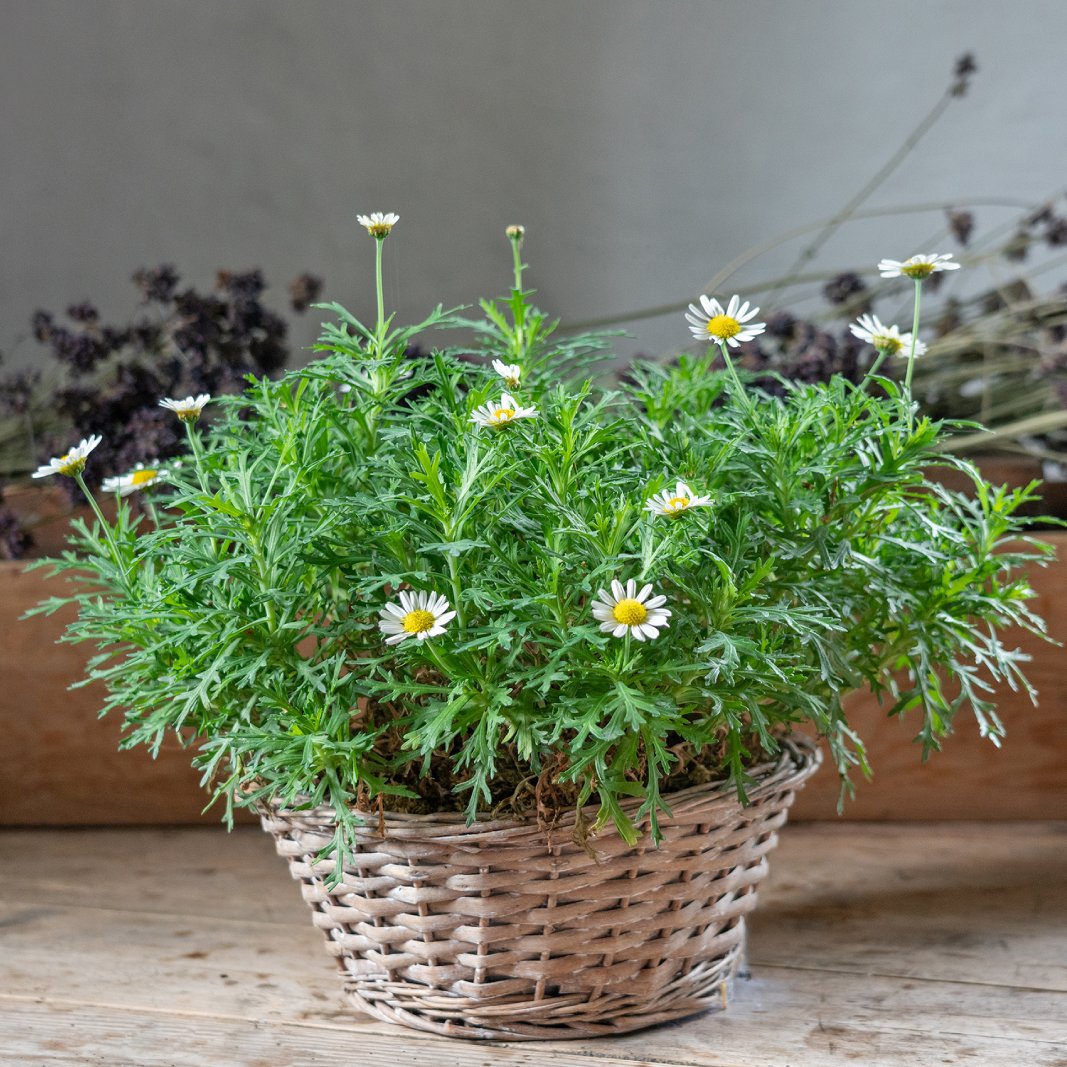 Chamomile In Containers: Growing Chamomile In Pots
Chamomile In Containers: Growing Chamomile In PotsBy Mary Ellen Ellis
-
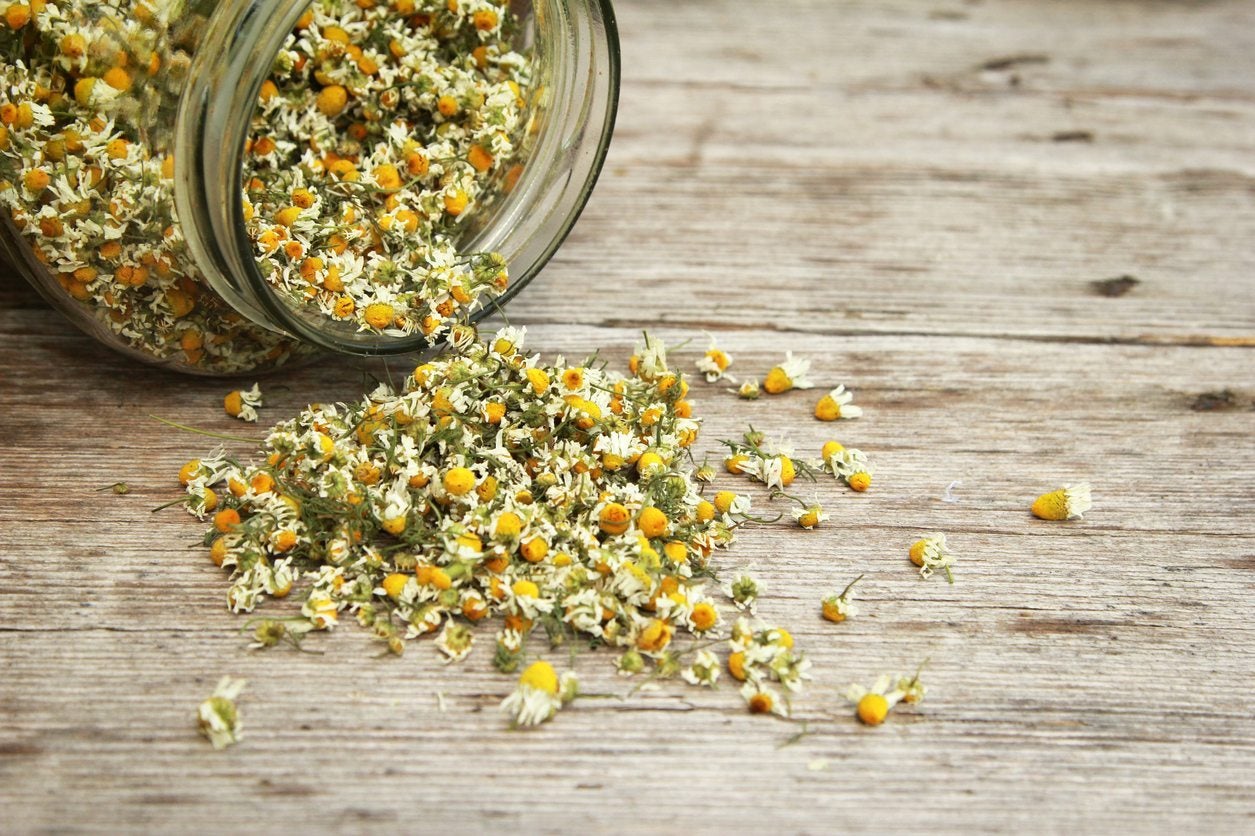 How To Dry Chamomile Plants – Tips For Drying Chamomile Flowers
How To Dry Chamomile Plants – Tips For Drying Chamomile FlowersChamomile, unlike other herbs, is harvested just for its lovely, daisy-like flowers, which are then preserved. Chamomile preservation basically means drying the chamomile flowers. There are four chamomile drying techniques. Click here to find out how to dry chamomile.
By Amy Grant
-
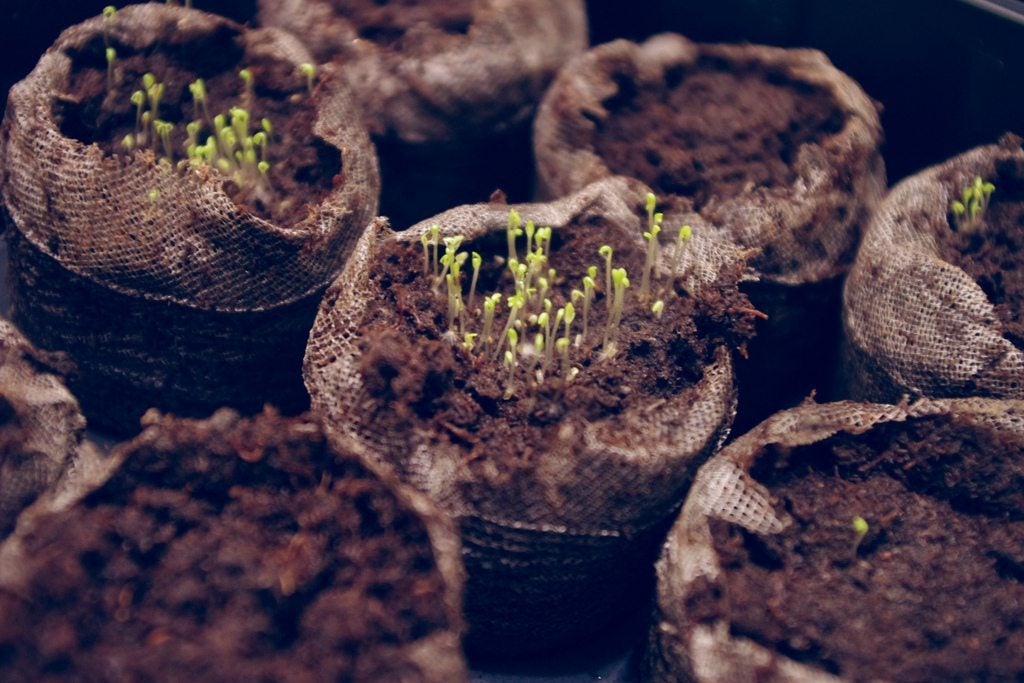 Chamomile Seed Info: How And When To Plant Chamomile Seeds
Chamomile Seed Info: How And When To Plant Chamomile SeedsAll chamomile types produce an abundance of seed that will quickly self-sow wherever it lands in warm, loose soil. Click on the following article to learn more about growing chamomile from seed and when to plant chamomile seeds in the garden.
By Darcy Larum
-
 Chamomile Not Flowering: Why Won’t My Chamomile Bloom
Chamomile Not Flowering: Why Won’t My Chamomile BloomChamomile is usually the go-to remedy for so many things, but what can you go to when it is a chamomile plant that needs a remedy - for example, how to make a chamomile plant flower if it's not. Learn more about non-blooming in chamomile here.
By Darcy Larum
-
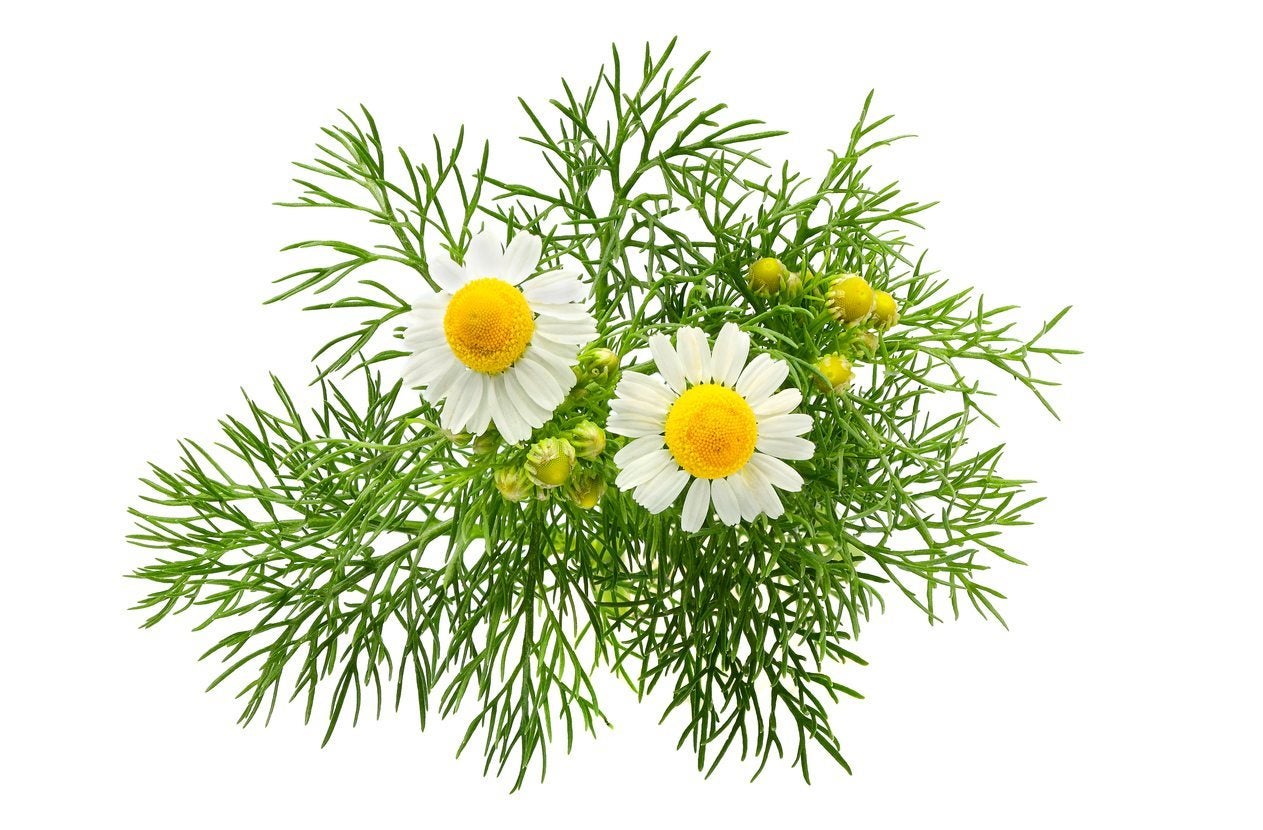 Roman Vs. German Chamomile – Learn About Different Types Of Chamomile
Roman Vs. German Chamomile – Learn About Different Types Of ChamomileIf you're so fond of the tea that you decide to grow chamomile in your own garden, you may be surprised to find that there are different types of seeds and plants available. Click here to learn about distinguishing between different chamomile varieties.
By Darcy Larum
-
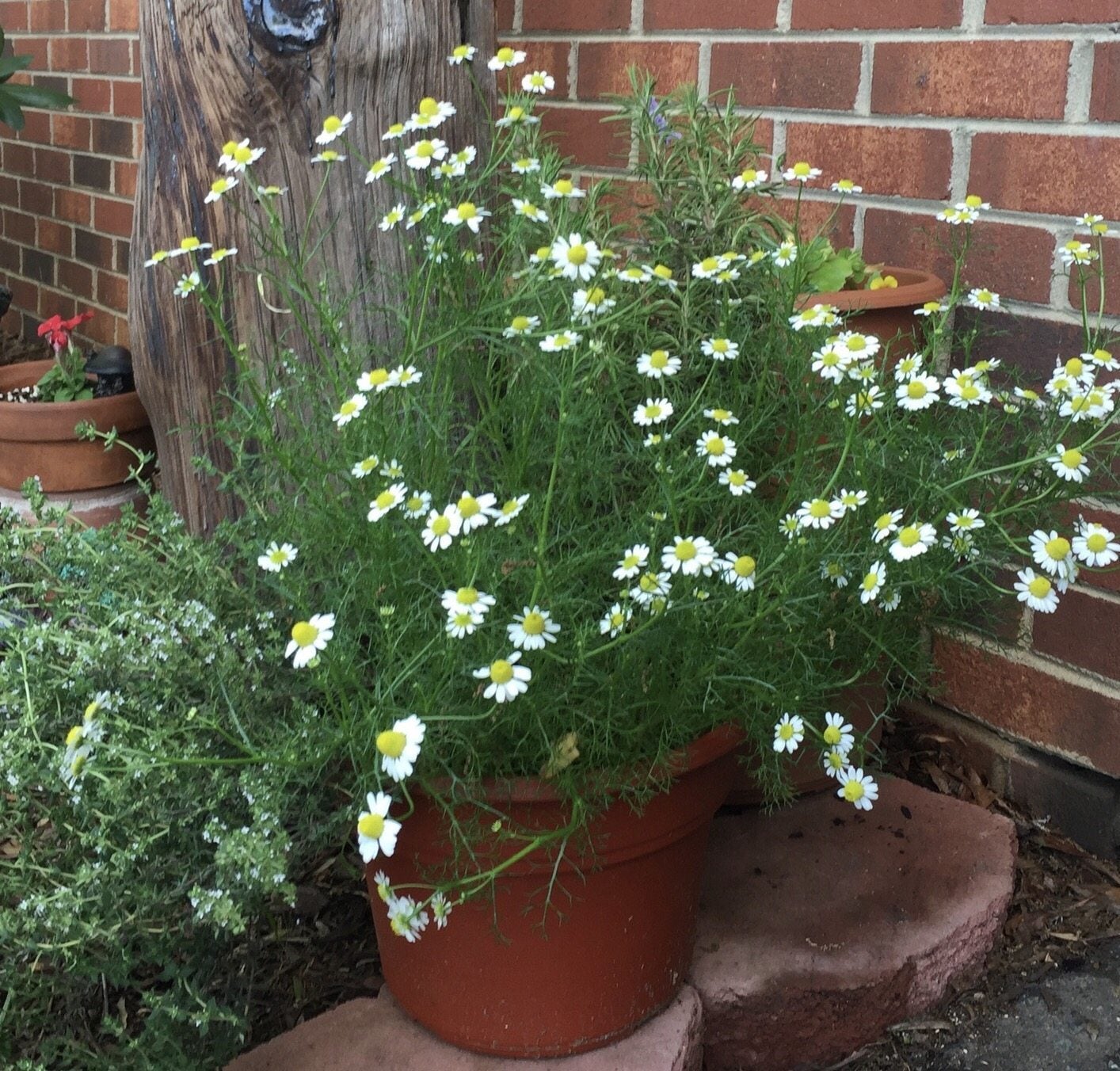 Potted Chamomile Plants – How To Grow Chamomile In A Container
Potted Chamomile Plants – How To Grow Chamomile In A ContainerGrowing chamomile in containers is perfect if you're worried the generous self-seeder may be too rambunctious in the garden. Click fore more.
By Mary H. Dyer
-
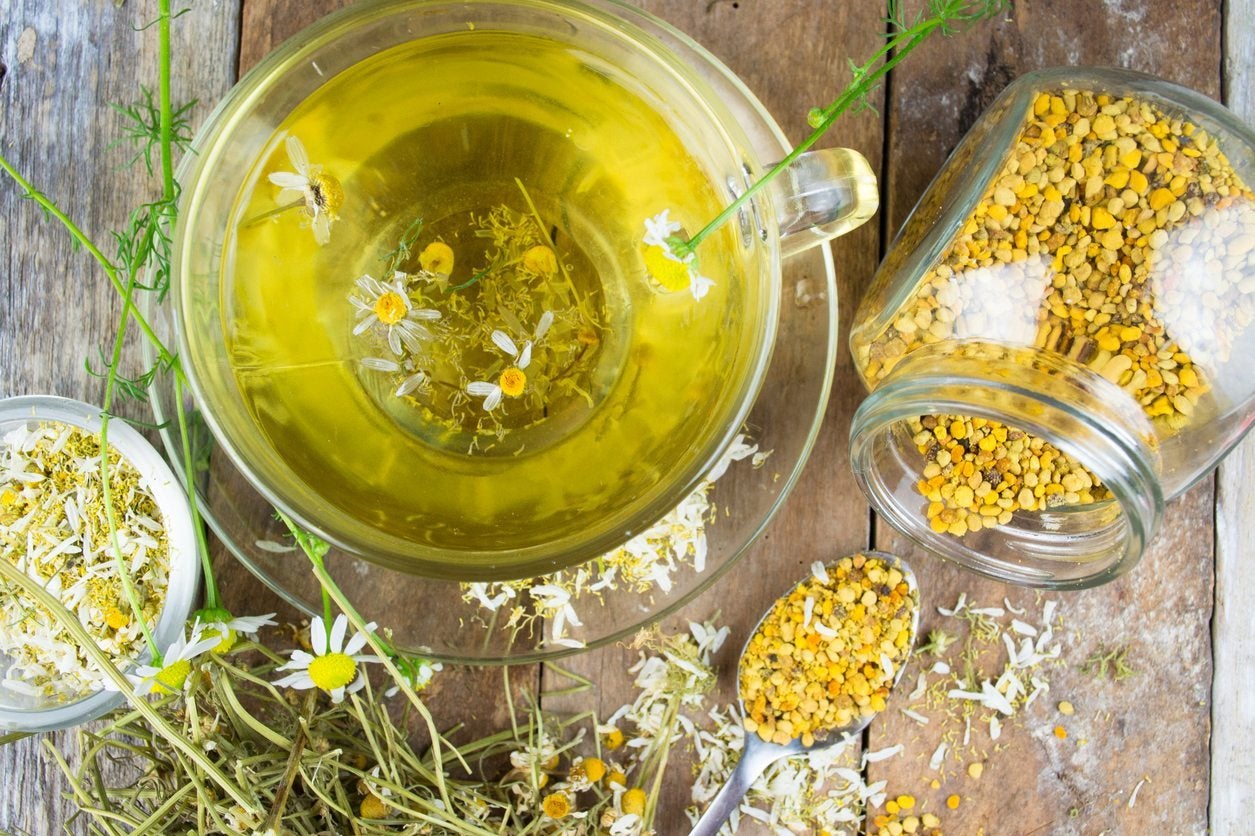 Is Chamomile Edible – Learn About Edible Chamomile Uses
Is Chamomile Edible – Learn About Edible Chamomile UsesTraditionally, many generations have appreciated chamomile for its curative qualities, and to this day, people rely on chamomile tea to calm frazzled nerves and relax at bedtime. But is chamomile edible, and if so, what parts of chamomile are edible? Find out here.
By Mary H. Dyer
-
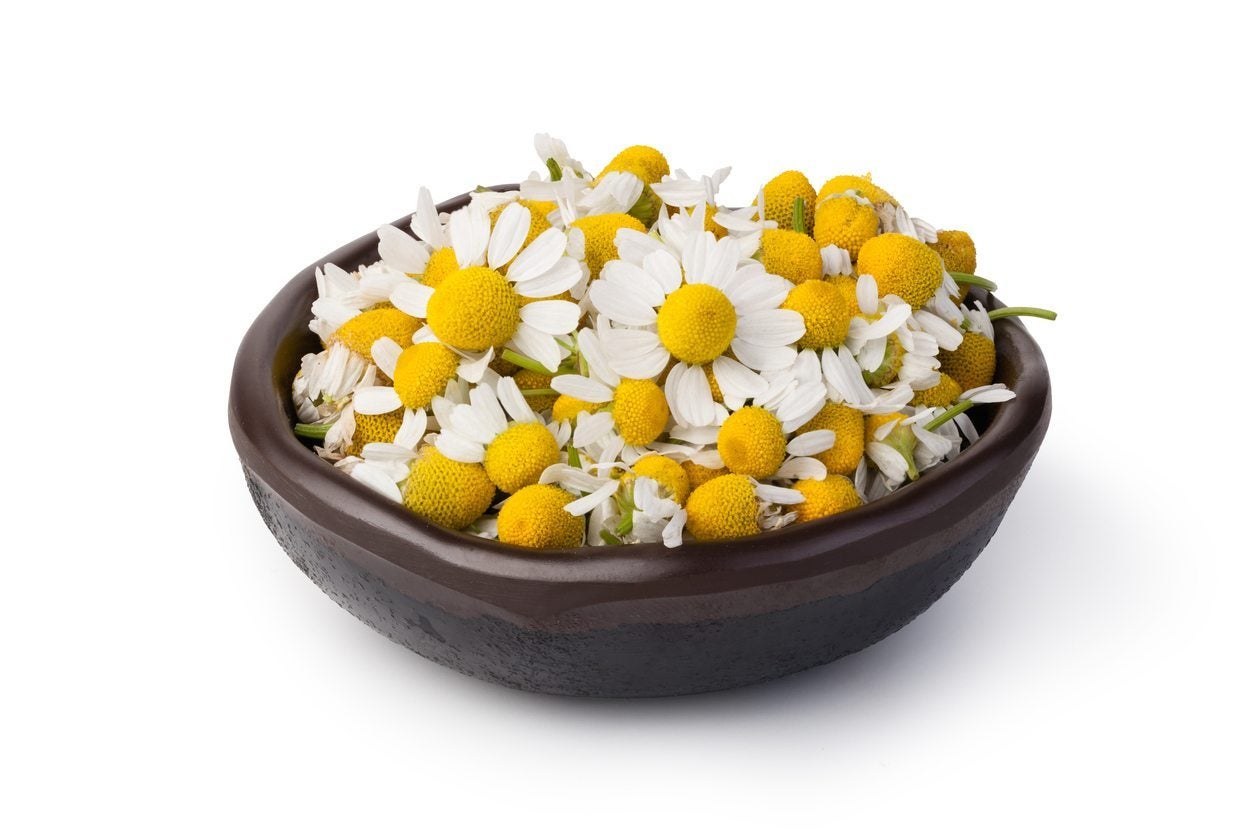 Harvesting Chamomile Plants: When To Pick Chamomile Flowers
Harvesting Chamomile Plants: When To Pick Chamomile FlowersChamomile is useful for so many ailments and is easy to grow too, but how do you know when to pick chamomile? Not only do you need to know when to harvest chamomile, but how to harvest chamomile. Click this article to find out about picking chamomile plants.
By Amy Grant